Back to the Future – using architectural heritage to enrich modern workplaces
By Bruntwood
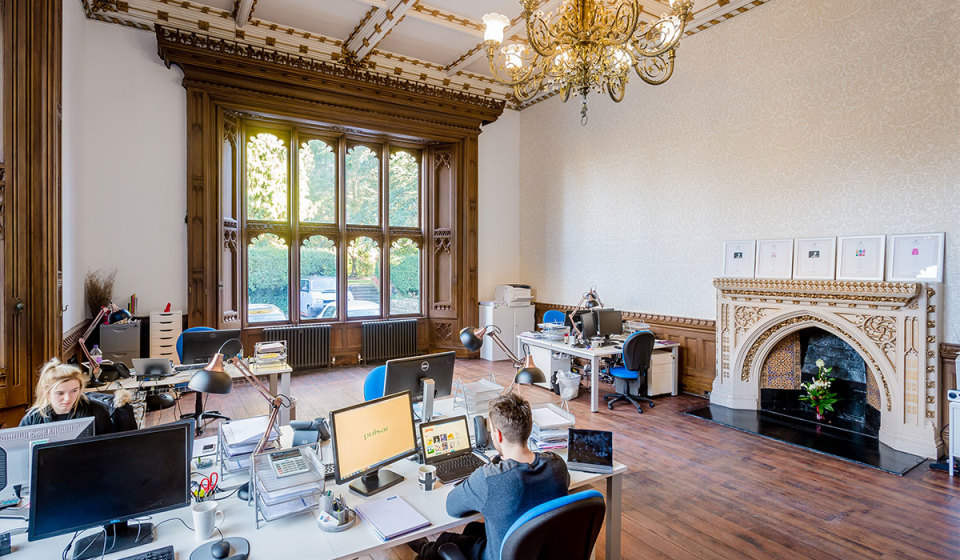
Historically significant buildings are an integral part of our cities’ past. They offer opportunities for a community’s future and contribute to our city's cultural and economic wellbeing - not to mention the vibrancy of street life. Re-purposing these historic gems for modern-day use can provide inspirational spaces for entrepreneurship, innovation and experimentation to thrive.
So, if it’s not broke we don’t fix it. At Bruntwood, we protect, revitalise and enhance building heritage because it helps create incredible, landmark office buildings that businesses are proud to call home. It also brings neglected buildings that were once an integral part of a city’s fabric back to life. And, it even gives us the opportunity to take buildings that have fallen out of fashion – for practical and aesthetic reasons and re-invent them, giving them renewed appeal, both inside and out. Even ordinary, unloved office blocks from the 60s, 70s and 80s can be transformed, to become some of the most inspirational and stimulating workspaces around.
The process is challenging and rewarding in equal measure. With historic buildings we often find ourselves in the privileged position of rediscovering and rescuing period features – which can add enormous appeal to a building. Businesses like to be based in characterful places, with a story to tell. Every original terrazzo floor, ceiling mould or wall tile happened upon during redevelopment should be made part of the building’s new identity.
Re-inventing uninspiring office blocks
On the other hand, you might be hard pressed, at first, to find any hidden promise in a 60s or 70s office block. We have to approach them with vision and experience – to see the potential in a space and ensure it can deliver what modern businesses need.
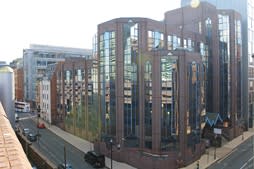

How do we know we’re getting it right? Well, we’ve been in receipt of some fantastic industry recognition. This includes a Centenary Renaissance Award from the Birmingham Civic Society for Cornerblock, our redevelopment of a nine-storey 1980s building in the city centre. Here we took what had become an obsolescent building and turned it into something Birmingham can be proud of – a landmark development, offering a variety of flexible office space, with striking floor to ceiling glazing and the city’s largest private roof terrace. It was also the first building in Birmingham to officially achieve an ‘A rated’ Energy Performance Certificate.
Cornerblock was the ultimate form of recycling. A much more sustainable and carbon friendly approach to modern workspace development than knocking it down and starting again.
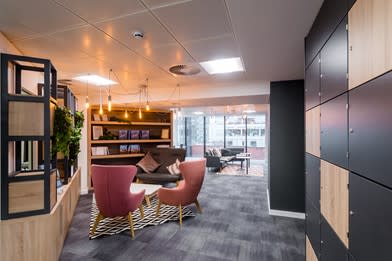
A former cotton trading building
Our portfolio includes properties that go back much further than the 80s, of course. Liverpool’s Grade II listed Cotton Exchange, for instance, once the nerve centre of the global cotton industry was built in the early 1900s. In the 1960s – an unforgiving time for building heritage, the Cotton Exchange’s neoclassical façade was pulled down and, inside, many of its unique features were covered up by suspended ceilings and fluorescent lighting. But We’ve modernised every aspect of the building while showcasing what makes it so special, unearthing long-forgotten architectural gems along the way. Through sensitive restoration and redevelopment the buildings of the past are enabling the enterprises of the future and, in Manchester, we find two more excellent examples…
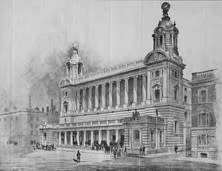
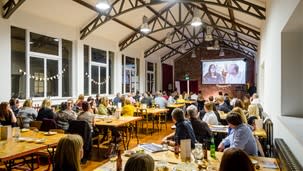
Neo Wave
From Baroque to Brutalist, all types of period architecture deserve respect. They all have appeal – even if, in some cases, it’s not immediately obvious. With our Neo communal workspace development in Manchester we took a sympathetic approach to the building’s Brutalist style that has been recognised by the architectural community. The building, which has undergone a full interior and exterior refurbishment, bagged us the BCO Refurbished / Recycled Workplace Award, and with its roof terrace, weather-proof meeting pod, shared lounge, open-plan kitchen, coworking space and digital art space it offers one of the most inspirational workspace environments in the city.

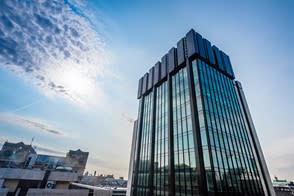
St James’ Renaissance
History can fire imaginations too. Using the past to help customers engage with a building is a very powerful tool.
When we launched the refurbished St James’ building on Oxford Street, an iconic Grade II listed property that was once the headquarters of the Calico Printers Association, we went back to the archives for inspiration. The result was a super-interactive, immersive event. Moving images projected onto fabric banners told the building’s story and harked back to its textile industry heritage. And, literally taking visitors back to the future, we used the latest augmented reality technology to reveal how parts of the building were used in the past and visualise how the space could be used in the future, to support the next generation of office workers.
With the built environment, the past not only helps to define the future, it enriches it. Buildings with heritage are buildings with impact, power and potential.
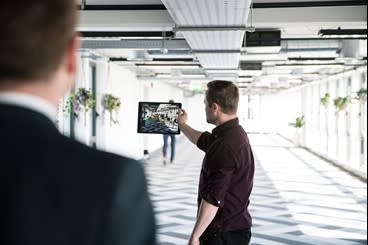
Stay Connected!
Sign up to our newsletter for the latest news, updates and offers.